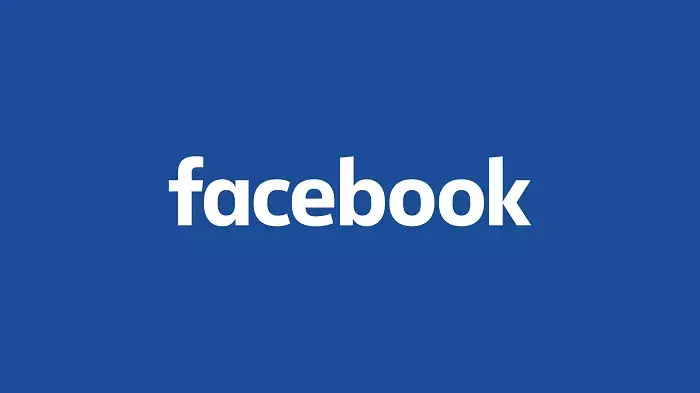In the fast-paced digital landscape, advertisers often overlook the subtle yet powerful influence of video duration on audience engagement. Recent insights reveal that shorter video ads, particularly those under 30 seconds, possess a unique advantage: they tend to autoplay more frequently due to Facebook’s looping mechanics. While this might seem like a minor technical detail at first glance, it fundamentally alters the way brands should approach video marketing strategies. Instead of viewing longer videos as inherently more informative or comprehensive, marketers need to recognize the boosting effect shorter clips may have on repeated exposure, creating a more ingrained impression within viewers’ minds.
This phenomenon is rooted in Facebook’s looping system, where videos 30 seconds or less tend to replay automatically, stacking multiple viewings within the same time frame. For instance, a 16-second ad can loop multiple times within a 90-second window—potentially six or more repetitions—amplifying the opportunity for brand recall. By contrast, longer videos, exceeding the 30-second benchmark, typically do not autoplay in a loop but require viewer interaction to restart playback. Therefore, in terms of sheer repetitions, shorter ads can subtly dominate viewer attention, giving brands an edge in crowded social feeds.
Brand Visibility and Cognitive Reinforcement
Repeated exposure is a well-established principle in advertising psychology. When audiences see the same message multiple times, it engrains the brand deeper into their subconscious. Shorter videos, by virtue of their looping feature, foster this repeated messaging effortlessly. This means that a succinct, powerful message—concisely delivering value or branding—can be reinforced multiple times during a single viewing session without additional effort from the viewer.
However, this advantage comes with a caveat. Excessive repetition, especially if perceived as intrusive or annoying, can backfire. Audience irritation might overshadow brand recall, leading to negative brand associations. The challenge for marketers is striking a delicate balance: designing short, captivating content that leverages looping to build familiarity without crossing into perceived ad fatigue. When done well, shorter videos can maximize the emotional and cognitive imprinting process, making your brand stick in the viewer’s mind long after the ad has played.
Strategic Implications for Advertisers
Understanding Facebook’s autoplay logic opens up new considerations for campaign strategies. Instead of defaulting to longer narratives that require active user engagement to restart, brands might prioritize concise storytelling that encourages passive, repeated exposure. For example, a quick product showcase, a catchy slogan, or a memorable visual cue can loop endlessly and repeatedly reinforce key messages.
Furthermore, TikTok-style short-form videos are already demonstrating high engagement rates, partly because their brevity allows for multiple viewings in a short period. Facebook’s mechanics amplify this effect, suggesting that shorter ads can be a more cost-effective way to maintain high visibility. Running multiple short ads or variations can also assist in A/B testing which messages stick best when reinforced through looping.
Yet, it’s vital for brands to tailor their messaging to suit this format, emphasizing quick, punchy content that’s easy to digest and hard to ignore. The risk of oversimplification exists, and marketers should avoid sacrificing clarity or brand personality for brevity. Additionally, the timing and targeting become critical: ensuring that each loop resonates and keeps viewers engaged without triggering annoyance.
Limitations and Broader Considerations
While the advantages of shorter ads in the Facebook environment are significant, they are not universally applicable across all platforms or content types. For instance, Instagram videos, regardless of length, tend to loop continuously, making duration less relevant in that context. This highlights the importance of platform-specific strategies—what works on Facebook may not deliver the same benefits elsewhere.
Moreover, the reliance on automatic loops may also distort perceptions of audience engagement metrics. A video that appears to have high view counts might actually be the result of repeated looping rather than genuine interest. Marketers should delve deeper into engagement analytics to understand true viewer behavior, rather than solely relying on superficial metrics.
Finally, ethical considerations come into play. Overexposure through looping may border on manipulative advertising if it irritates viewers or triggers ad fatigue. Responsible marketers will need to weigh the benefits of shorter, repetitive ads against the potential downside of audience annoyance. The goal should be to craft concise, impactful messages that leverage the looping mechanic positively, facilitating memorable impressions without crossing into spam territory.
In sum, the seemingly minor detail of ad duration and the resulting looping behavior on Facebook unlocks a potent avenue for enhancing brand visibility. When strategically harnessed, shorter video ads have the potential to turbocharge exposure, reinforce messaging, and cultivate stronger brand recall—all while respecting the viewer’s experience.


Leave a Reply